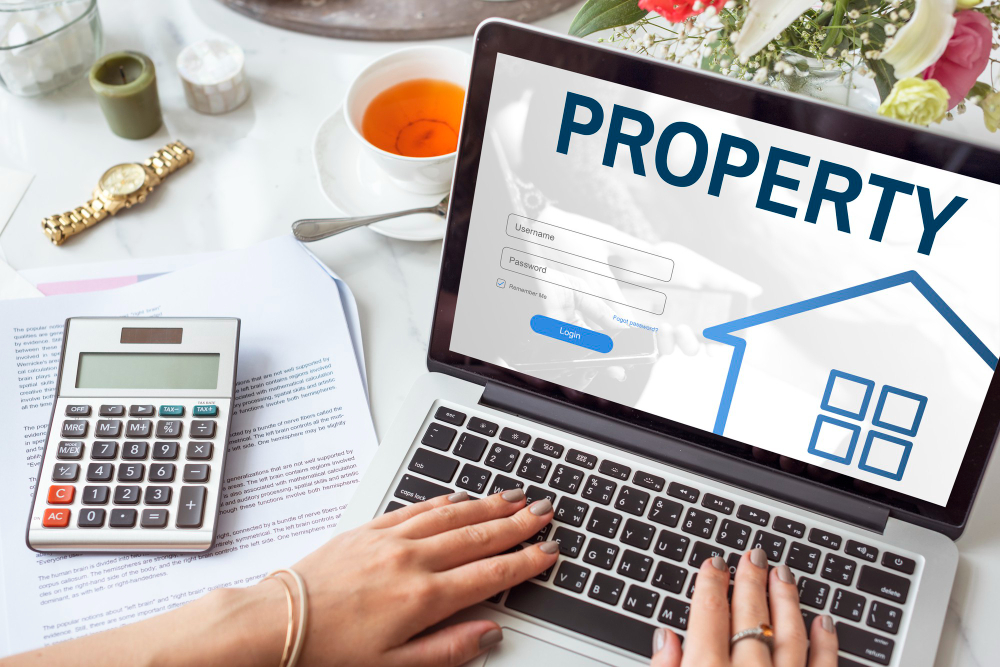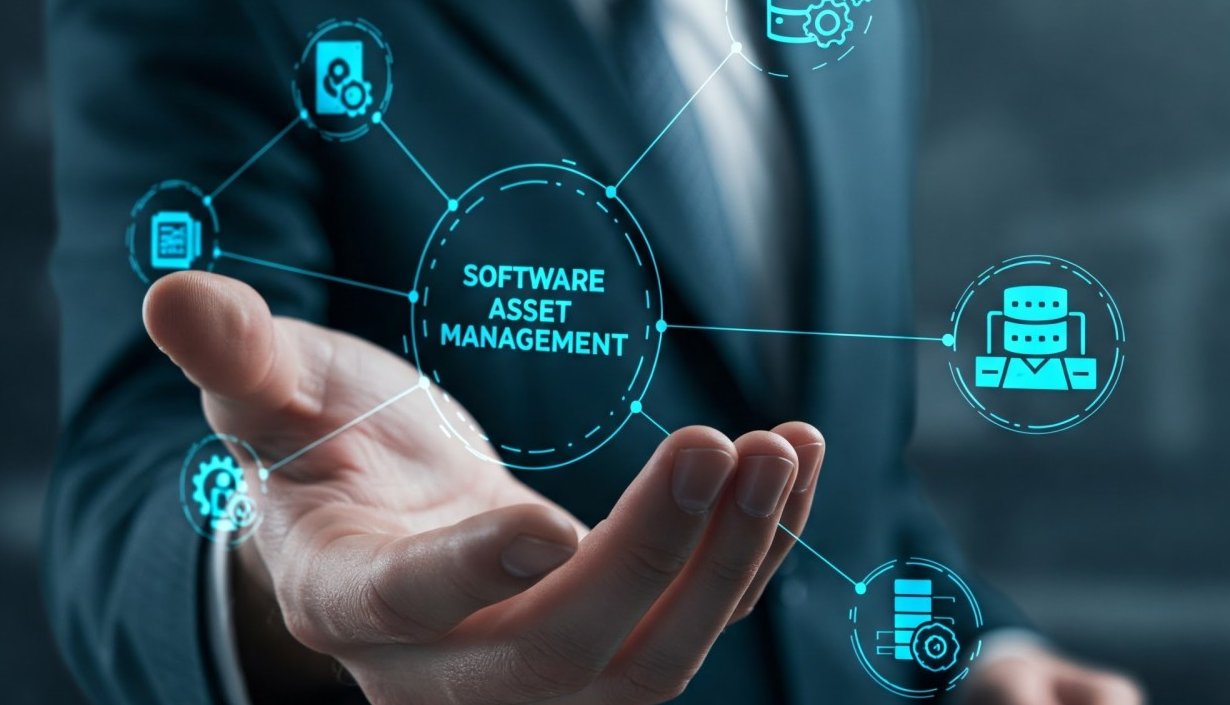The rise of Property Management Software (PMS) marks a significant transformation in the real estate industry, characterized by a strong demand for streamlined operations and better tenant interactions. As the sector continues to evolve, enhancing efficiency in property management is crucial for maintaining a competitive edge and fulfilling the expectations of both landlords and tenants.

In the rapidly changing business landscape, PMS solutions emerge as indispensable tools that optimize day-to-day operations while improving the overall efficacy of real estate enterprises. Consequently, embracing these innovative software solutions is vital for bolstering operational efficiency and effectiveness in today’s dynamic market environment.
The Evolution of Property Management
Historically, property management relied heavily on manual labor and face-to-face communication. Before the advent of technology, property managers depended on paper documents, ledgers, and phone calls to manage tenant inquiries and lease agreements. Tasks such as rent collection, maintenance requests, and tenant screening required relentless effort, consuming vast amounts of time.
The transition to automation commenced in the late 20th century, with developments like spreadsheets and specialized software tailored to simplify these processes. Significant milestones, such as the advent of database management systems and the internet, facilitated quicker access to information and more efficient communication among property managers.
Nowadays, technology is integral to property management. Contemporary Property Management Software (PMS) encompasses various tools that enable online payments, tenant portals, and virtual maintenance requests, completely transforming how property managers function and enhancing tenant experiences across the board.
Key Features of PMS Solutions
PMS solutions integrate essential features that streamline operations for real estate professionals. One standout feature is automated scheduling; PMS systems enable the automatic scheduling of property management tasks, ensuring efficiency and precision that surpasses traditional manual processes. This automation minimizes scheduling conflicts and boosts productivity across various teams.
Another significant feature is real-time occupancy tracking. The data provided by PMS systems regarding occupancy allows property managers to make informed and timely decisions. With accurate occupancy rates at their fingertips, property managers can refine strategies related to pricing, marketing, and resource allocation—ultimately maximizing revenue generation.
Equally crucial is financial management. PMS solutions automate essential financial tasks, including invoicing, payment processing, and comprehensive financial reporting. This automation minimizes human errors, streamlines cash flow, and offers actionable insights into financial performance, facilitating effective strategic planning.
Furthermore, PMS systems enhance operational efficiency in administrative tasks. By automating lease management and facilitating seamless tenant communications, they significantly reduce the administrative burden on property managers. This functionality empowers property managers to prioritize tenant satisfaction and enhance overall property value. By leveraging these essential features, real estate professionals can cultivate greater operational effectiveness and competitiveness in an increasingly dynamic market.
Benefits of Implementing PMS Solutions
Implementing Property Management Software (PMS) solutions yields numerous advantages, significantly improving business operations. One prominent benefit is increased efficiency. Traditional management methods often involve overwhelming paperwork and numerous manual tasks, prone to errors. For instance, a case study involving a mid-sized real estate firm illustrated that after adopting PMS, they cut down administrative time by 40%, allowing their personnel to focus on tenant relations and property marketing instead.
Moreover, enhanced data utilization is paramount in modern property management. PMS systems harness powerful data analytics capabilities, enabling users to make informed decisions grounded in real-time insights. One successful property management company reported a 25% boost in occupancy rates after analyzing trends and optimizing pricing strategies based on their PMS data.
Lastly, the scalability and flexibility of PMS solutions are vital. As businesses grow, their software must evolve to accommodate changing needs. Whether managing a small apartment complex or an extensive real estate portfolio, PMS can scale operations seamlessly. Companies have noted that their PMS effortlessly accommodated additional properties, supporting sustainable growth trajectories. Recognizing these advantages underscores the importance of selecting a suitable PMS, thus paving the way for a deeper exploration of software selection criteria.
Selecting the Right Property Management Software
When selecting property management software (PMS), businesses must consider several pivotal factors. First, it’s essential to identify specific features designed for your unique requirements, such as tenant management, maintenance tracking, and financial reporting. Furthermore, a clear budget is crucial, as software solutions can differ significantly in price. Conducting comprehensive research on vendor reputation through reviews and case studies helps ensure the quality of service and support.
Integration capabilities with existing systems are another critical aspect; a PMS that smoothly integrates with other tools enhances usability, streamlining overall operations while reducing errors. User-friendliness should not be overlooked; selecting solutions with intuitive interfaces minimizes the need for extensive training. Lastly, it’s imperative to assess customer support options, ensuring responsive service is readily available for troubleshooting and queries.
Checklist for Selecting PMS:
• Define essential features
• Set a clear budget
• Research vendor reputation
• Check for integration capabilities
• Assess user experience and support options
Choosing the right PMS can significantly amplify the operational benefits discussed, making the investment worthwhile for companies aiming for growth and optimal efficiency.
Embracing the Future of Property Management
The transformative influence of Property Management Software (PMS) on the property management sector is profound. By streamlining operations and enhancing communication, these solutions empower property managers to focus on what is truly essential: offering exceptional service and nurturing tenant satisfaction. As the industry continues to evolve, businesses are strongly encouraged to consider adopting PMS to modernize their operations and enhance efficiency. Embracing this technology is not merely a passing trend but a crucial step toward remaining competitive in a fast-paced market. Ultimately, technology is positioned as a vital force in shaping the future of property management, paving the way for innovation and growth as the industry progresses forward.





